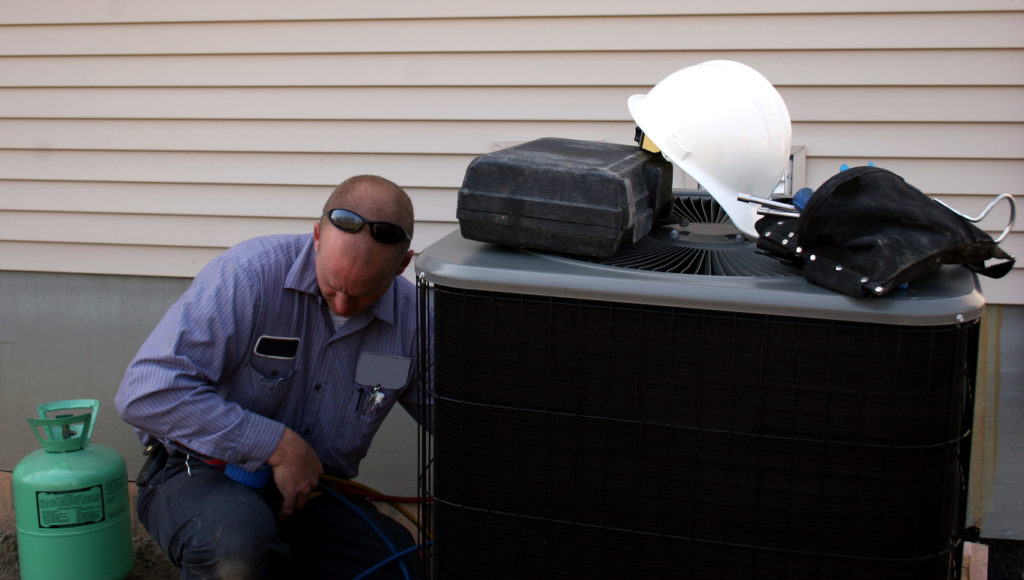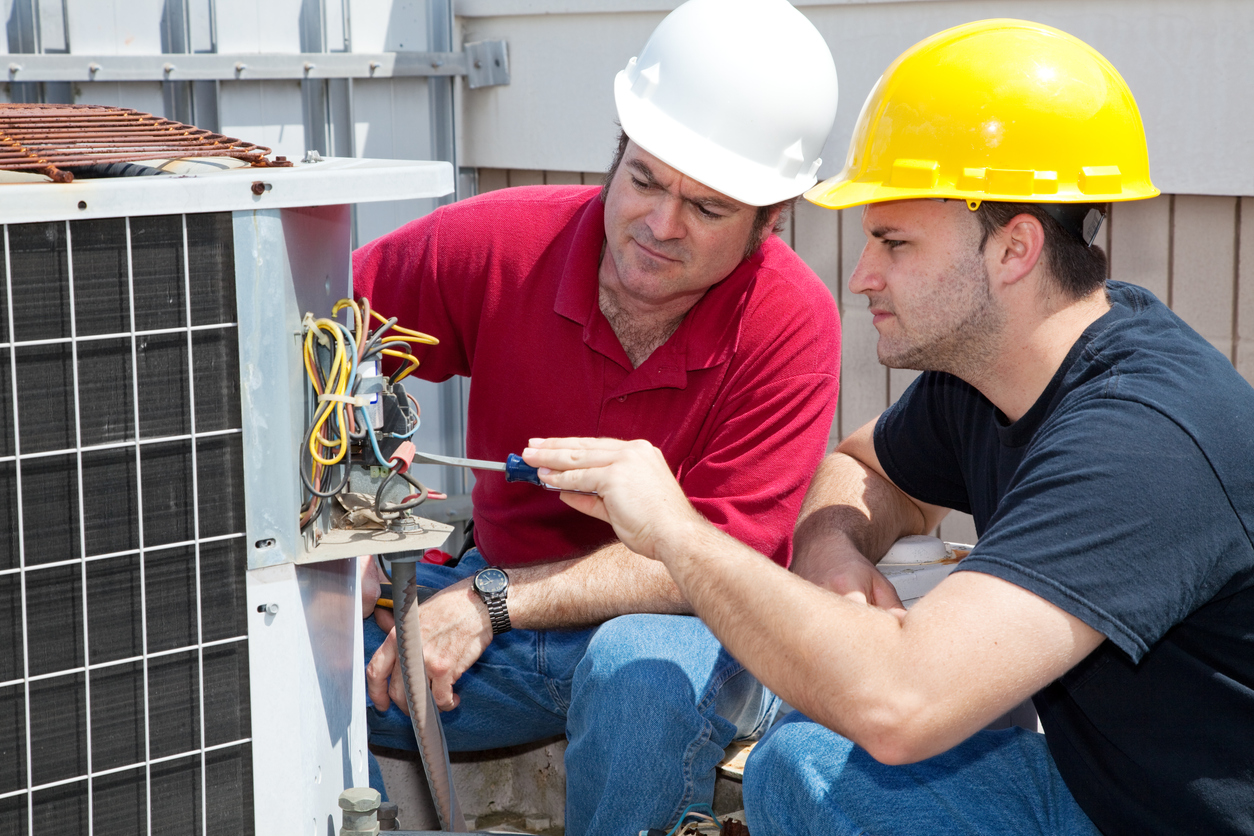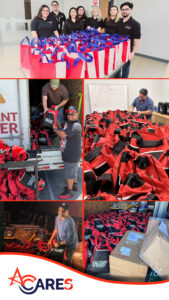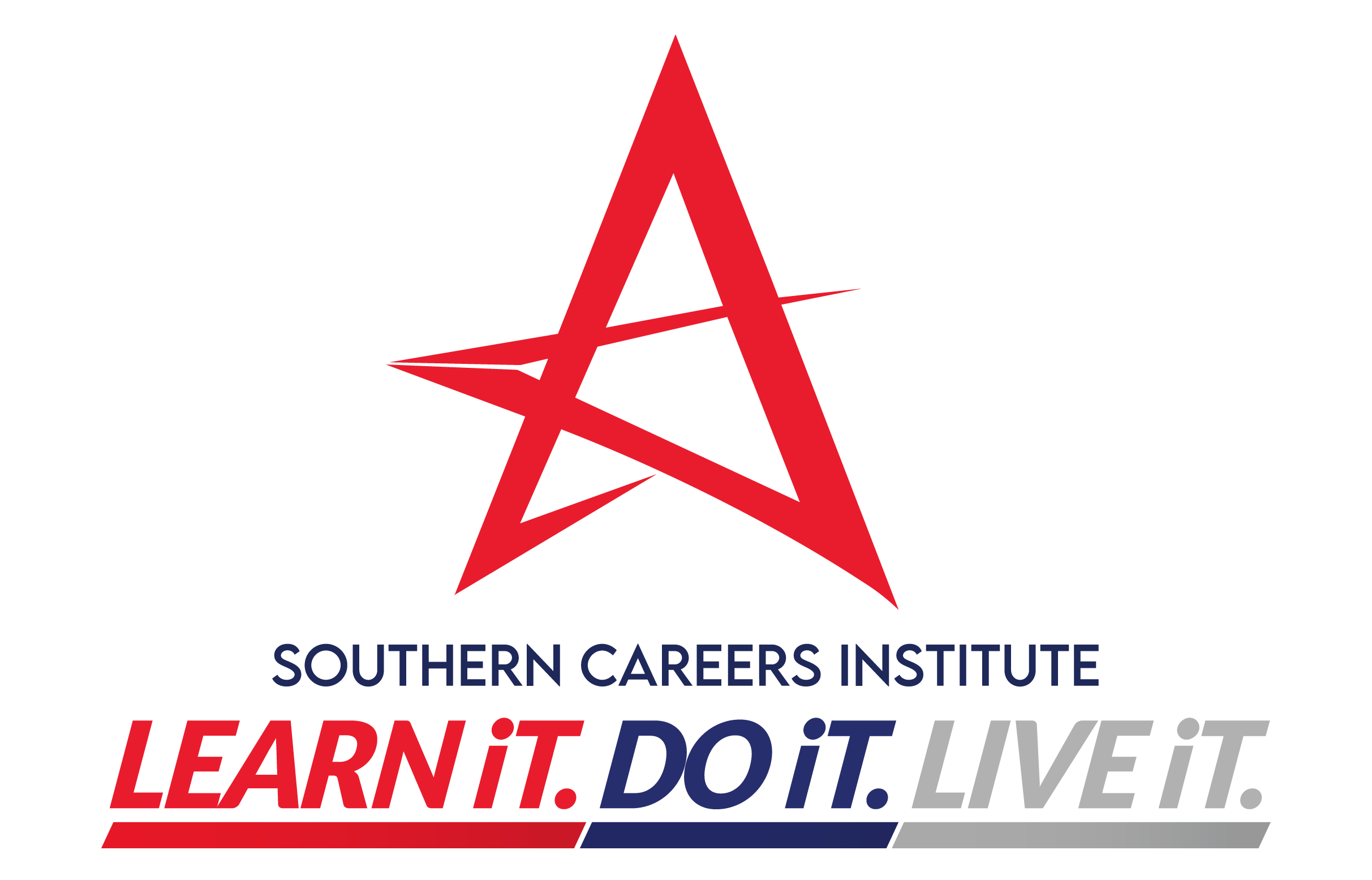Many skills you learn in an HVAC training program cross over with other maintenance skills like appliance repair and some minor electrician work. For someone who likes to be handy or is simply looking for a reliable professional skillset, it’s hard to go wrong with knowing how to repair and replace HVAC units. Today, we’re diving into the top five things that you will learn in HVAC training.
1. Learn How to Disassemble an Appliance Cabinet Safely
The very first thing you will learn is how to disassemble an appliance cabinet. Appliance cabinets are made of thin metal – thin enough to give you a nasty \”papercut\” if you\’re not careful. The sheets of metal are fitted together so that each panel fits over the others. An HVAC unit is usually held together with a combination of screws and hidden latches. You learn how to wear the right work gloves and carefully open the heating or cooling unit.
In HVAC training, you will practice with several brands and models so that you can gain experience with the opening, closing, and maintenance procedures for each one. In learning how to disassemble an HVAC appliance cabinet, you also gain valuable cross over skills in opening other appliances as well.
2. How to Inspect and Diagnose HVAC Units
One of the most important skills a HVAC training program teaches is how to diagnose problems in a HVAC unit. This means taking a close look at all the internal components to determine what has gone wrong and how to fix it. A trained eye can spot a cracked blower fan or low coolant levels just by looking inside the unit. This way, you can tell homeowners and business managers the next steps to successful HVAC repair.
Clean
You will learn how to safely and carefully clean the inside of a cooling unit or an electric furnace. Air conditioners, in particular, have a tendency to build up a blanket of dust inside the unit – which then can turn into a blanket of frost. Just cleaning an HVAC system\’s coils can greatly improve the performance and efficiency of the system.
Inspect
You will practice and learn how to spot trouble inside an HVAC unit just by looking. This HVAC training session teaches you what the inside of an HVAC system should look like. Additionally, you learn usual signs that something has gone wrong inside the unit.
Diagnose
Lastly, after inspecting, you diagnose what is wrong. Then, determine whether a replacement part, a tightened screw, or a topped-up coolant would provide the remedy needed by each HVAC client.
3. Learn How to Replace Essential Parts in an HVAC Training Program
After diagnosis, you will then learn how to remedy the problems you can identify. In fact, the main body of HVAC training focuses on how to repair the units once inspected. Replacement parts for an HVAC unit can be large or quite small. It is vital that you know the correct procedure to turn off and disassemble an HVAC to reach the part that needs replacing.
Success as an HVAC technician hinges on the success of your part replacements and other small repairs. With precision, you will learn how to carefully remove broken parts and install their replacement. The correct procedure for each will depend on the make and model of the washer, as will the specific parts you may need to order special for the client when replacements are required.
4. How to Balance Airflow in a Home
Balancing airflow is an interesting technique that ensures the same air pressure comes out of each vent. Because the closer vents take more of the HVAC capacity, it is necessary to use airflow balancing in order to block, push, and distribute air evenly into every room and out of every vent register.
Airflow balancing occurs with an iris-like insert you place a few feet behind the vent register. To increase their pressure, the iris is opened or removed. Further, the iris is closed to partially block airflow to the vents that take the most air without control.
Why do HVAC technicians learn airflow balancing in an HVAC training program? Balanced or imbalanced airflow can influence the home\’s energy efficiency and even how hard the HVAC unit must work to do its job throughout the building. To keep HVAC units in good repair, balance airflow, and improve air quality.
5. How to Refill or Replace Coolant Fluid

Lastly, you learn the dangerous yet rewarding techniques to top up the coolant fluid used in HVACs or drain and replace the coolant if using a discontinued line. However, coolant can be extremely unsafe for anyone who is not trained to handle it. In matters of HVAC coolant, always take the lead and insist that your clients step back to let you work.
You will carefully inspect, drain, and refill the coolant based on your personal kit. This, in turn, will recharge the cooling power of a family or business\’ HVAC solution. For those who can\’t fit a new HVAC unit into the budget, they will be grateful that a simple coolant replacement was all that is needed.
Find an HVAC Training Program
What do you learn in a Texas HVAC training program? You can learn to diagnose, repair, install, and uninstall. When the course is done, you should always be able to repair your own HVAC units, provide repairs to others, and of course, build a career responding to HVAC calls from throughout your local area.
To explore learning HVAC repair, contact us today on SCI\’s campuses. We look forward to working with you.










